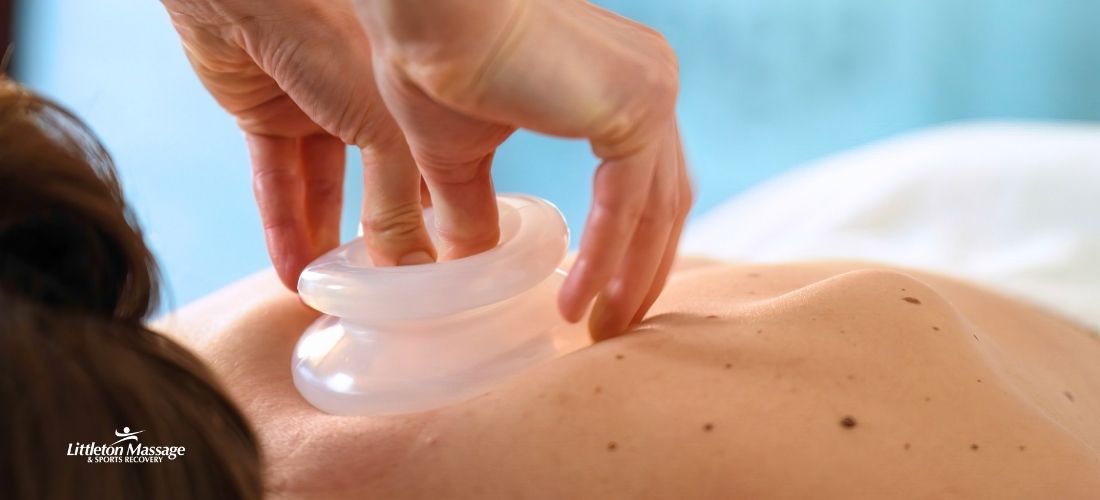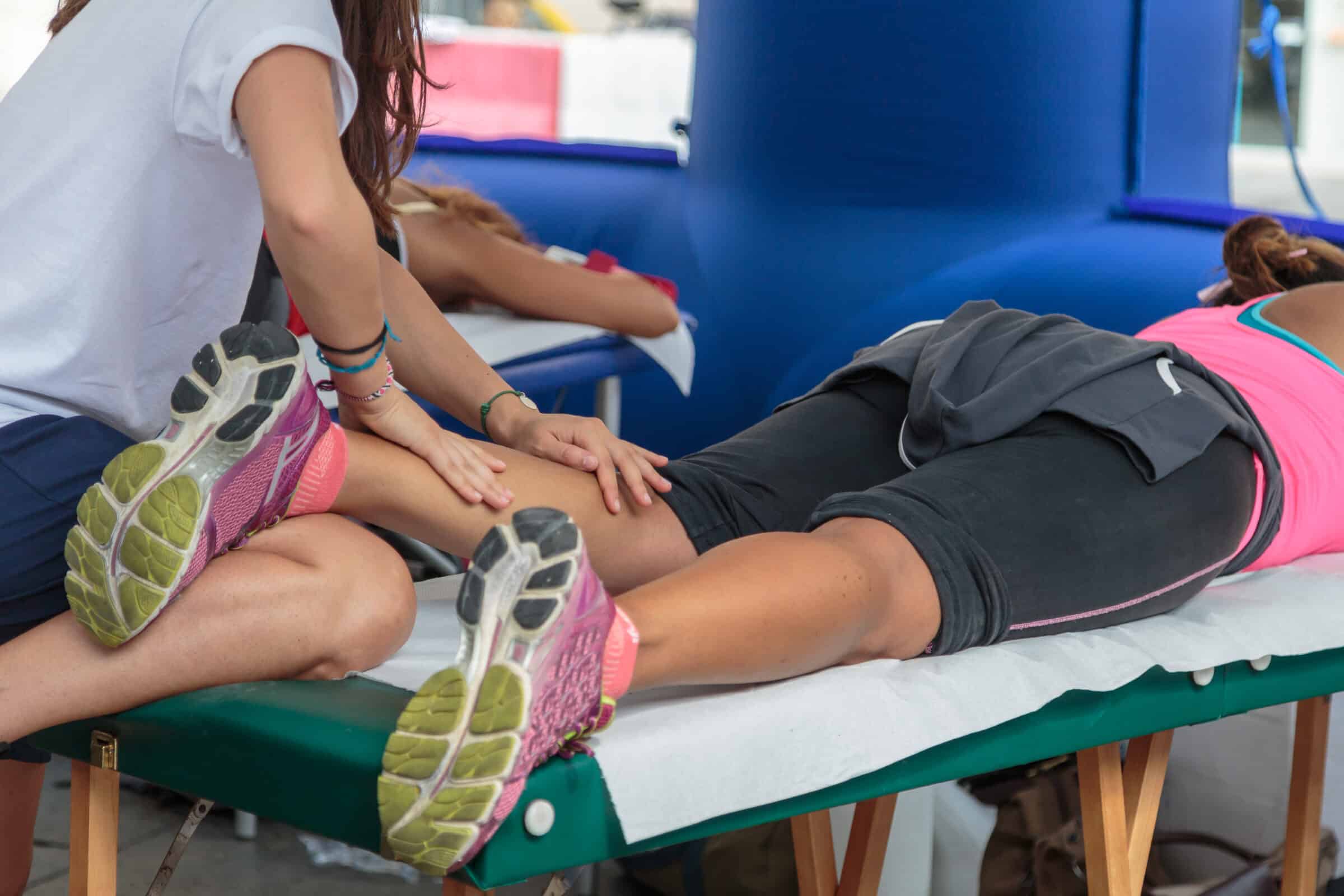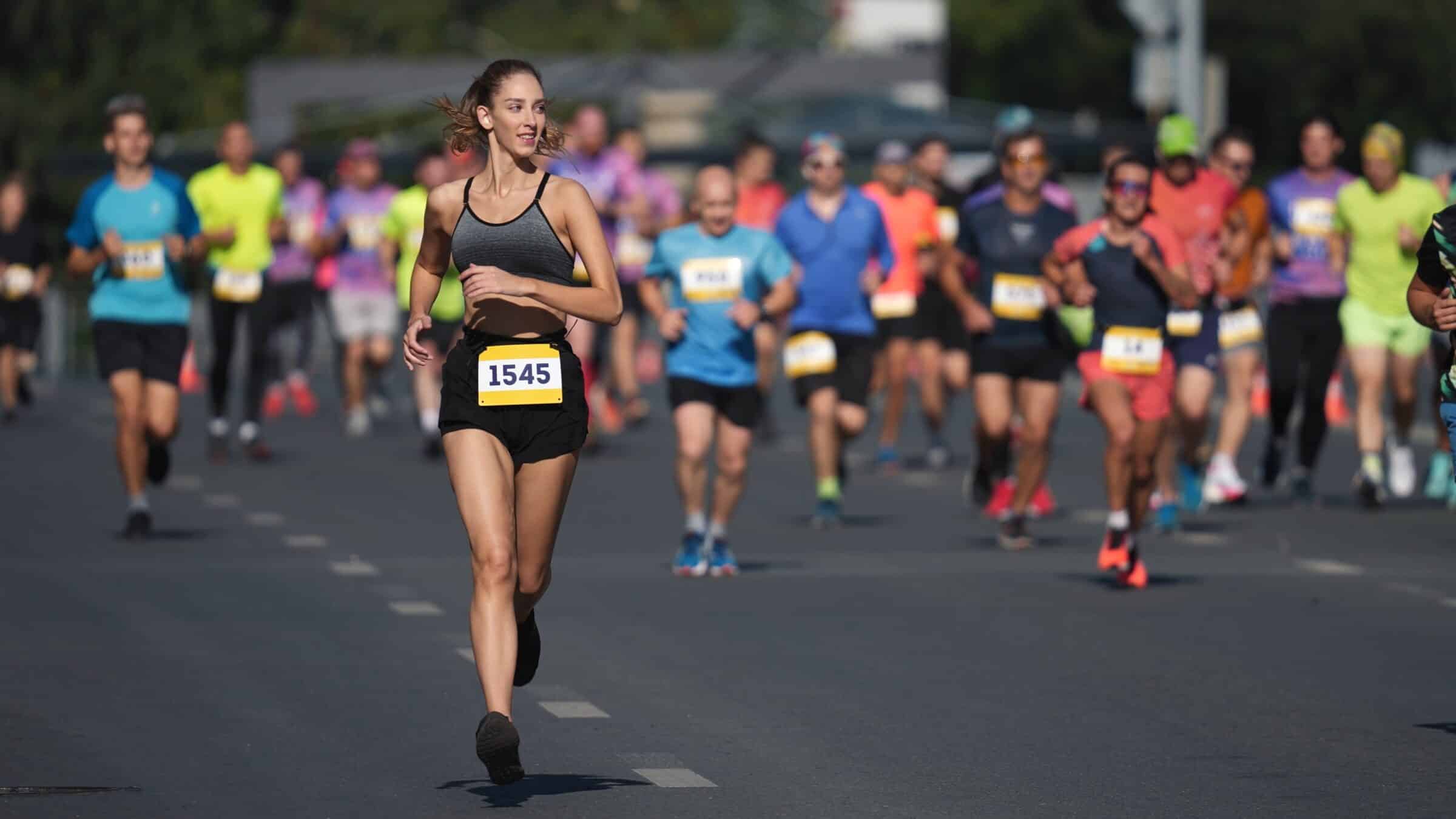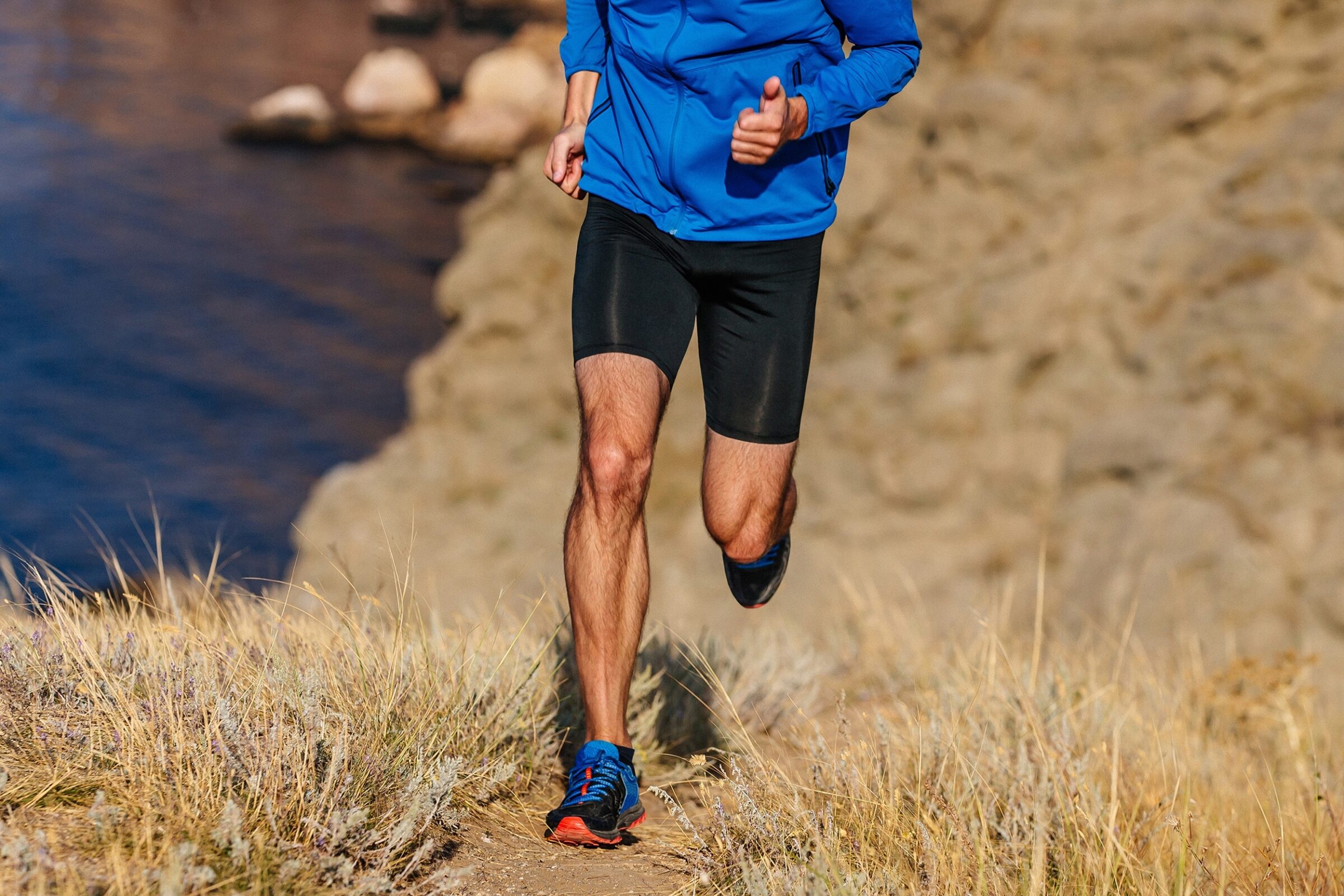What is Cupping?
If you’ve ever spotted those perfect little circles on someone’s back at the gym and wondered, “Okay, what kind of recovery magic is that?”, you’re not alone. Cupping may look dramatic at first glance, but it’s actually one of the most effective ways to loosen deep tension, boost circulation, and help your body feel like itself again.
The truth is, cupping isn’t a trend or a guessing game. It’s an alternative therapy with roots tracing back hundreds of years to ancient Egyptian and Chinese cultures. Every cup has a purpose, every placement is strategic, and every session is designed to support long-term movement, not just short-term relief.
So, what’s actually happening during cupping?
Think of it as the opposite of traditional massage. Instead of pressing into muscles, we gently lift the tissue using suction. That lift creates space for fresh blood flow, helps release stubborn tension, and encourages your body to clear out the stagnant stuff that keeps you tight, achy, or restricted. The negative pressure environment created by the suction may cause a myofascial decompression: muscle fibers lifted, blood flow increased. Most people describe cupping as oddly satisfying, like a deep stretch without needing to move at all.
The Different Types of Cupping (And Why We Use Them)
Not all cups are created equal, and not all techniques serve the same purpose. We tailor the approach to your body so you feel real progress, not just temporary relief.
Static Cupping
The classic version. Cups stay in one place for a few minutes.
Great for: tight traps, stiff low backs, stubborn knots, tension that never seems to budge.
Why we use it: to boost circulation in targeted areas that need a little extra love.
Dynamic Cupping
Also called “gliding” cupping. We place the cups and gently move them along the muscle.
Great for: athletes, active adults, anyone who wants better mobility.
Why we use it: it helps release fascial restrictions and restores healthy movement patterns.
Flash Cupping
Quick on, quick off.
Great for: people who want the benefits but are nervous about strong suction.
Why we use it: it lightly stimulates circulation without lingering intensity.
Silicone Cupping
Silicone cups allow more flexibility and movement.
Great for: sensitive areas, lighter pressure needs, or highly mobile techniques.
Why we use it: they’re gentle but effective, especially if your body is already feeling tender.
What Those Circles Actually Mean
Those marks aren’t bruises. They don’t hurt. And they’re not a sign you’re falling apart. They’re simply the result of increased blood flow and the body bringing old stagnation to the surface so it can be cleared. If you choose deeper suction for a more aggressive decompression, you may receive more prominent red marks. If you prefer a gentler “gliding” session, you may get little to no visible marking.
Here’s the quick guide:
- Light pink: mild tension, circulatory boost
- Darker red or purple: deeper stagnation, old tightness finally releasing
- No color at all: you lucky unicorn, you’re well hydrated and moving well
The marks fade within a couple of days. Meanwhile, you typically feel looser, lighter, and more mobile.
Why Get Cupping At All?
Because you deserve to feel good in your body, and cupping is one of the fastest ways to create real change in stubborn or overused areas without forcing anything.
Cupping supports your recovery in a few key ways:
It reduces inflammation.
The suction helps draw out stagnant fluids, cellular debris, and old tension so your body can bring in the fresh circulation it needs to heal.
It boosts healthy blood flow.
When the cups create a vacuum lift, they pull blood and cellular waste away from tight or congested tissue. Fresh, oxygenated blood rushes in, which is exactly what helps those areas recover.
It calms muscle tension and speeds up recovery.
For athletes and active adults, this can make a noticeable difference. Whether it’s knots that never seem to release or muscles that tighten the second you stop moving, cupping gives your tissue the space it needs to soften and reset.
Who Is Cupping For?
Short answer: pretty much everyone.
Long answer: Cupping works well for active adults, parents on the go, desk workers, and anyone trying to move through life with less tension and more freedom. If you lift a lot, sit a lot, run a lot, or simply live in a human body, cupping can be a great addition to your recovery plan.
That said, there are a few situations where cupping isn’t the right fit. We care about your safety as much as your progress, so we always take your health history into consideration. If you’re pregnant, have a bleeding disorder, take anticoagulant medications, have medical implants (like pacemakers), or have certain skin conditions or serious medical concerns, cupping may not be recommended.
If you’re ever unsure, just talk with your therapist or your doctor first. We’re here to help you make the best choice for your body, and we’ll always guide you toward the safest, most effective path forward.
Cupping isn’t a magic fix, but it’s a powerful tool in a bigger plan. When we pair it with targeted massage, mobility work, or sports recovery techniques, your body learns to move and heal more effectively each week.
At LMSR, you’re not on your own. You’ve got a whole team behind you, ready to help you stay active, age well, and thrive. If you’re curious about cupping or want to add it to your next session, our therapists are here to guide you. Book a visit, ask questions, or come see what those little circles can do for your recovery.




